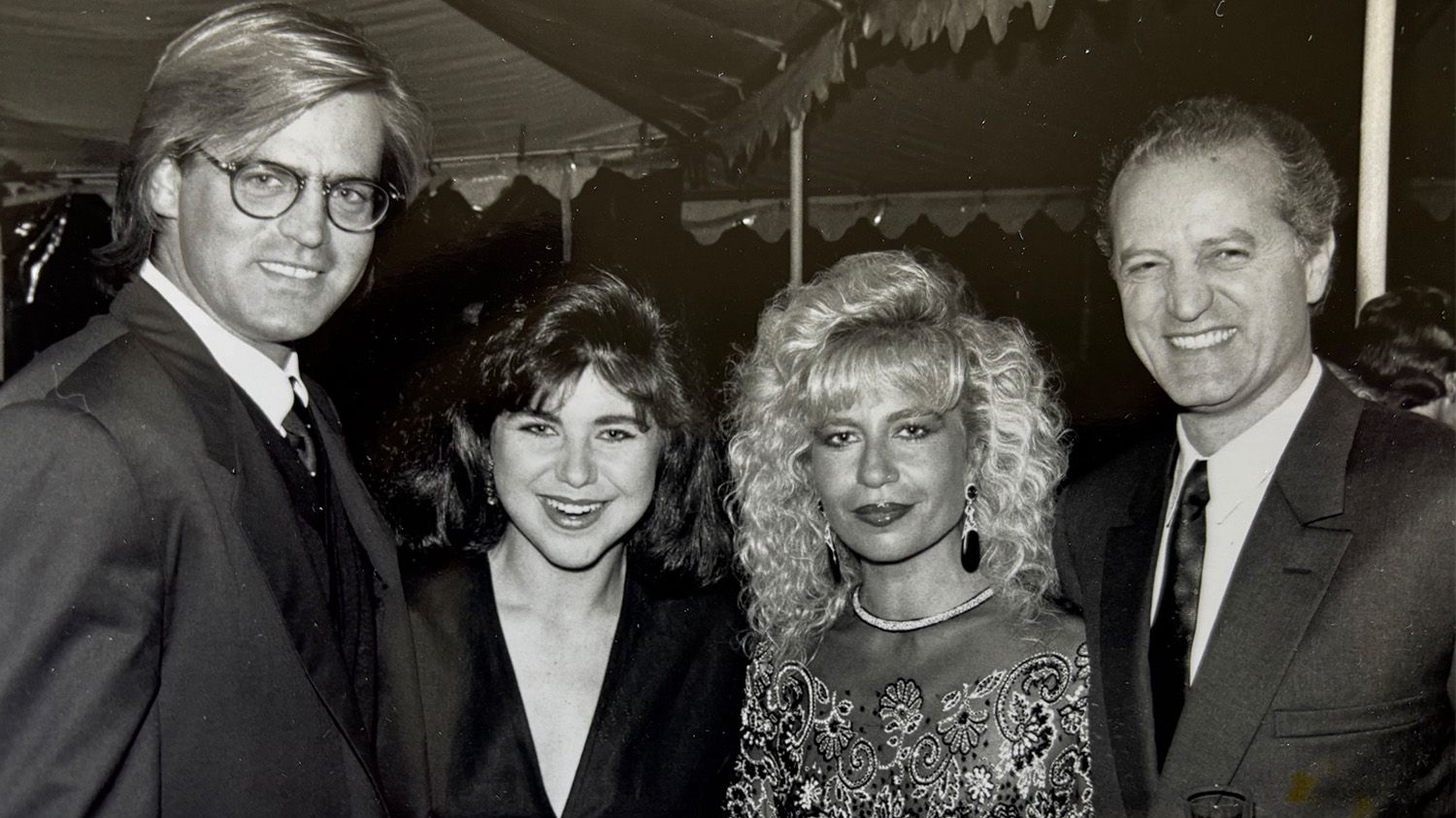Reactive Vs. Responsive—Who Do You Want to Be?

Want to listen to this article instead? Tune in here.
One of the main goals of powerful coaching is teaching, advising, and supporting our clients to become responsive rather than reactive.
Why is this important?
Well, because most of the problems we face in the day, the problems you and I come to coaching to solve, are self-created. We believe that the issue with our spouse, boss, or child is a circumstance we must tolerate or fix—a circumstance outside ourselves—a situation that has “happened” to us.
But the truth is that practically 100% of the time, we create the problem by reacting, rather than responding, to the situation.
I love the Buddha’s wisdom of Two Arrows.
The human experience is like a procession of arrows. The first arrow is inevitable, but the second arrow, which is our reaction, is optional.
Your mother complaining endlessly about her life is the first arrow, but your reactive lack of patience and patronizing preaching is the second arrow that causes your suffering and frustration.
Your son’s refusal to pick up his clothes from the floor is the first arrow, but your fear of setting boundaries and standing behind consequences is the second arrow that causes resentment.
Your boss’s habit of taking credit for your work is the kind of first arrow that we often see being shot like confetti in organizations. But your endless complaining about the situation without the willingness to address this uncomfortable topic is the second arrow that leads to quiet or loud quitting.
The opposite of reacting is not accepting, surrendering, or tolerating.
The opposite of reacting is responding.
The difference between the two can be a deep breath and a relationship saved. It can be a few conscious seconds and a regret averted.
Carl Jung famously said, “Until you make the unconscious conscious, it will direct your life, and you will call it fate.”
Jung was right, but it’s possible that we may not need years of therapy and complicated strategies to make the unconscious conscious. I’ve witnessed a more straightforward formula work for lifelong learners and those quietly obsessed with human potential and behavior, but only if we accept it as a practice, not a one-and-done strategy.
My daughter, Leila, has been breathing the coaching air for at least a decade. As a result, she has learned to “catch herself” being triggered and is quite masterful at this practice. For all of us, this has to be the starting point of our journey of leaving behind reactiveness. This means we have to look for those triggering moments (almost looking forward to them) on purpose.
Leila is fond of saying that responding to a triggering situation is only step 1—step 2 is to call your mom. For those of you who aren’t exempt from my perpetual “do not disturb” settings, here is how our conversation usually goes:
I remind her of one of our oft-repeated family heuristics: “Reactive people are powerless. Responsive people are in charge.”
Like so many of us, my daughter wants to feel that she is often, if not always, in control. Reminding her that being in charge is far more achievable and powerful than being in control brings her back to her ground.
The next step is purely strategic, and I remind her of a simple but not easy practice. It goes like this, “At the moment, close your mouth—count to thirty—and say to the other person, “Tell me more.”
Lastly, respond only if/when you feel grounded and ready to respond from your wisest and highest self.
Each of these four steps is an action, but the cumulative effect of consistently practicing them is nothing short of an identity transformation.
If you think you’re reactive, then you can be pretty sure that others describe you as such. The cost of carrying that identity throughout our lifetime is higher than we realize. People start walking on eggshells around us; they don’t tell us the truth we so desperately need to hear, and we don’t get to solve our problems because we quickly become distracted by our reactions.
Now, imagine yourself walking through the world as a responsive person. Who would you be at work? As a parent, partner, and friend?
You would be someone who is at the cause of her life experience, not at the effect.
You will experience a life free of second arrows and won’t turn momentary pain into long-term suffering.







